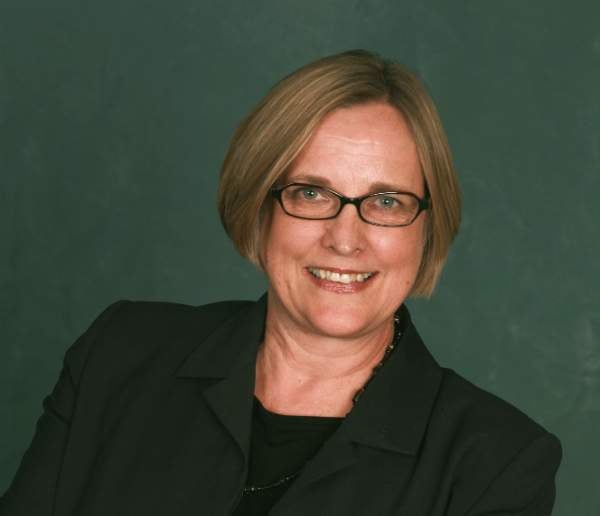
An art advisory unit operating as a fiduciary within a bank, Citi’s was the first of its kind when it started organising art loans in 1979. ‘It’s a well-oiled machine,’ says fine art graduate Suzanne Gyorgy, the bank’s global head of art advisory and finance, who has been with Citi for 16 years.
The rise in value in people’s art collections has made art finance a fast-growing business: average loans now amount to £35-40 million, compared to £20 million only a few years ago, with new lenders springing up all the time. Further, because the department is situated in a global bank, its rates are lower than those of boutique lenders.
‘I used to think people got art loans to buy more art, whereas the reality is people get art loans to have liquidity to invest in other businesses and opportunities. So they’re essentially doing an arbitrage with us,’ says Gyorgy, whose team includes art history graduates with experience in galleries, museums and auction houses, promising transparency in a largely unregulated market.
Clients tend to be entrepreneurial types, often working in property and finance, and are invariably ‘well educated and intellectually curious’, says Gyorgy. What’s her advice? ‘The best way to approach collecting art is the way you think about buying your primary residence. That you really love it, you respond to it in some way, but you do all the due diligence to make sure you’re paying the right price.’






